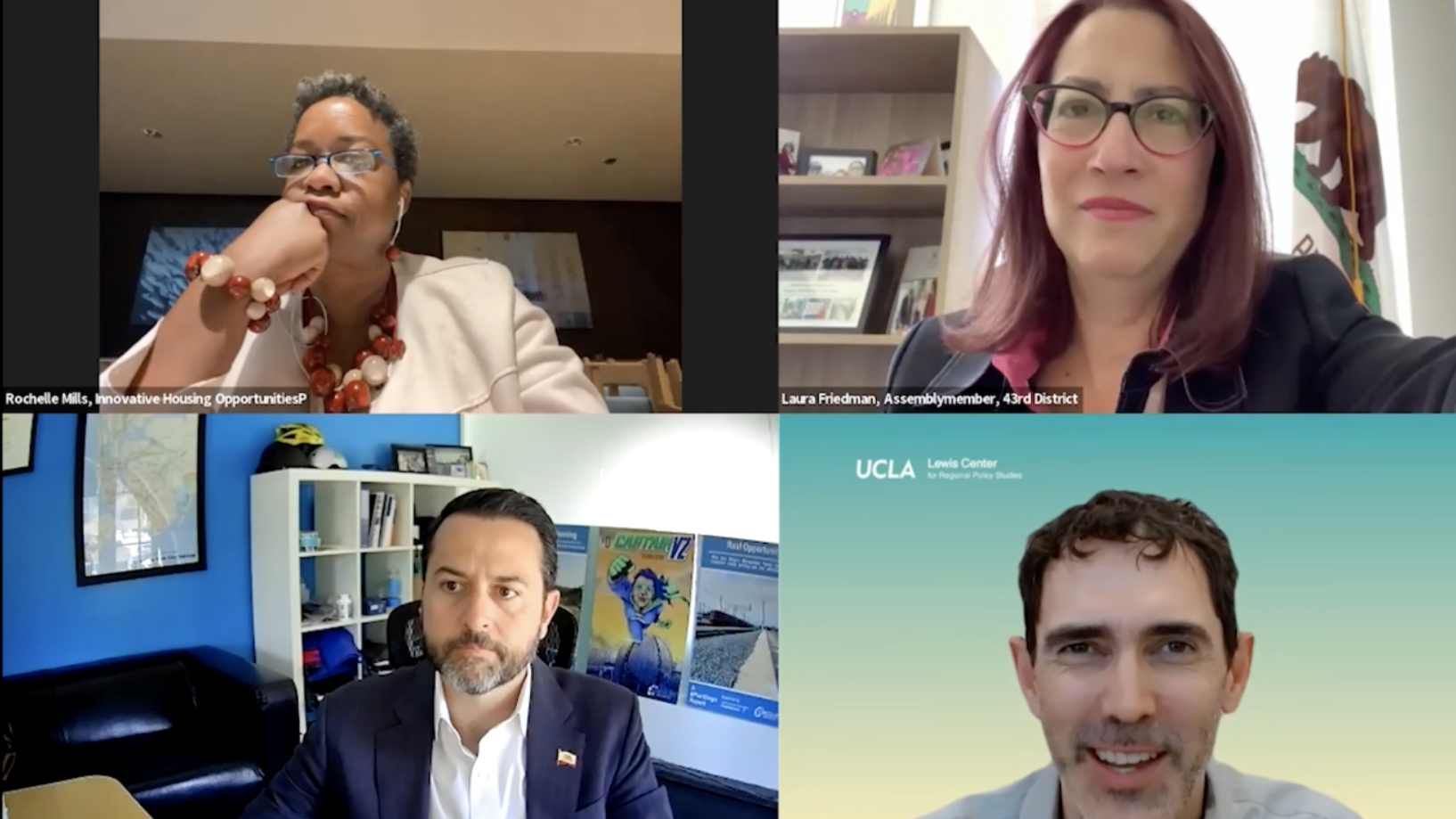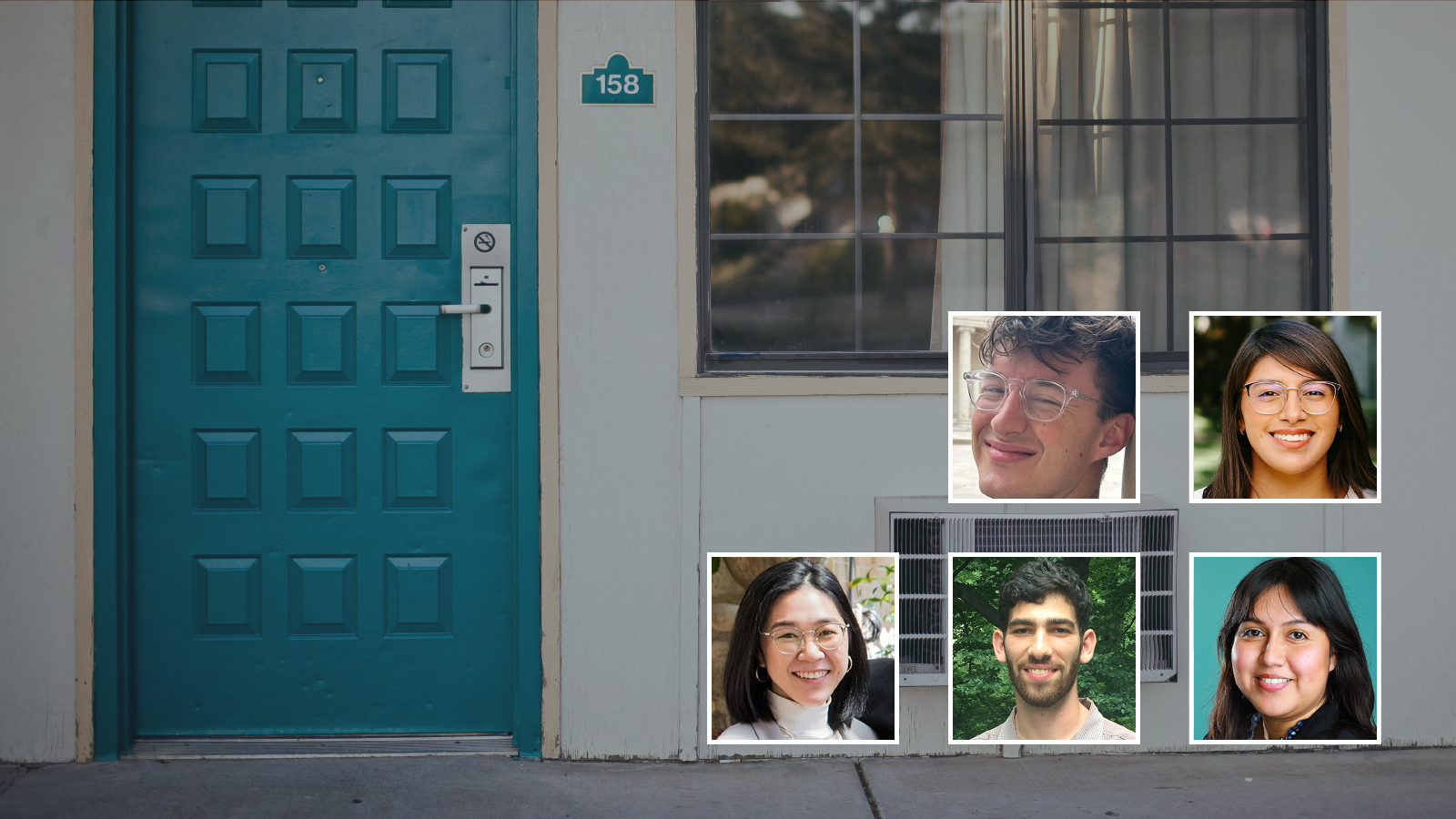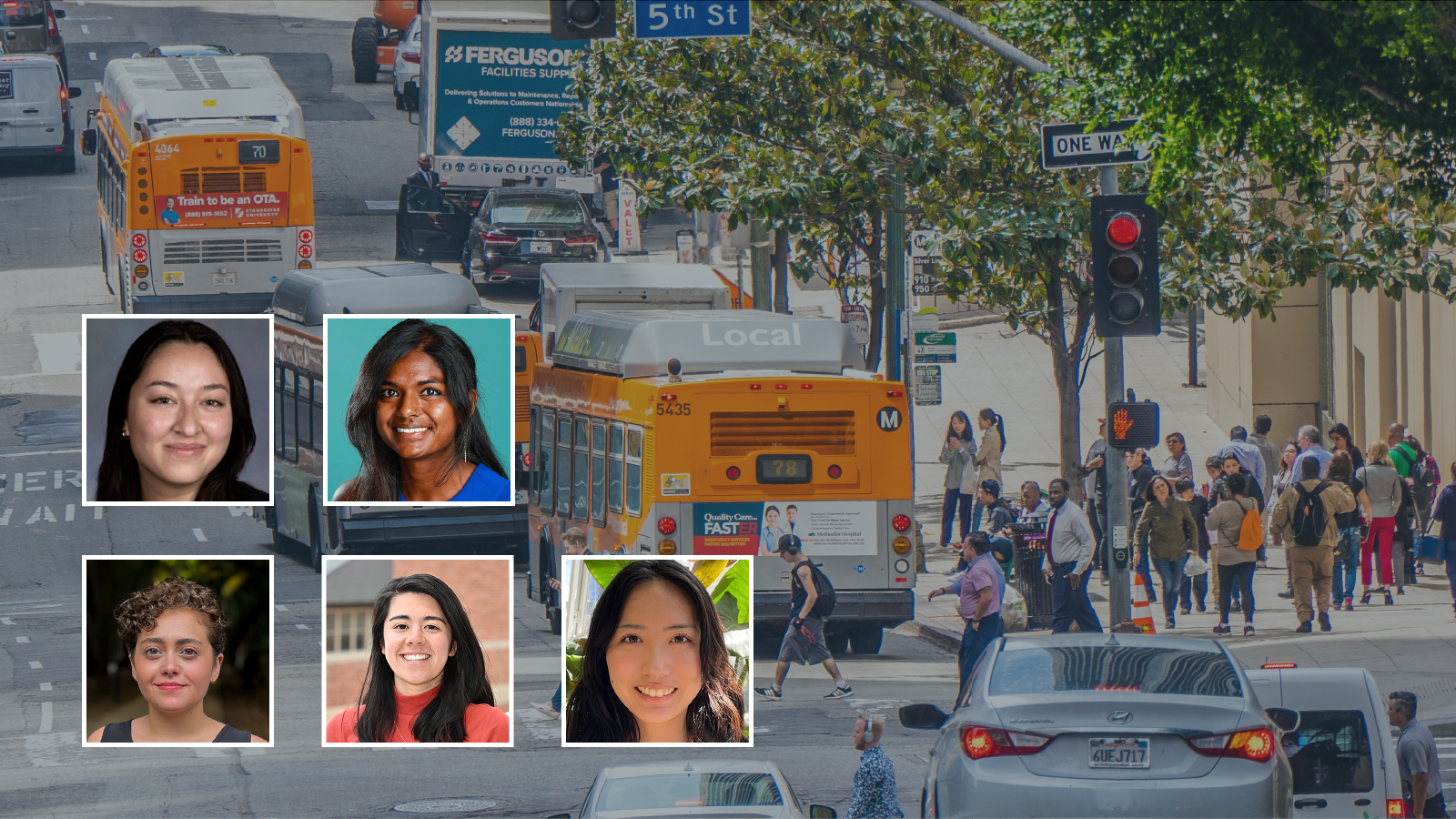
How statewide parking reform can expand housing opportunities
What do we give up when we dedicate more land to residential parking? Affordable housing for one.
For California Assembly member Laura Friedman, chair of the Transportation Committee, the nexus between housing and transportation is extremely strong and can no longer be overlooked.
Friedman recently introduced Assembly Bill 2097 (a revival of AB 1401), which would eliminate parking requirements in areas with access to public transit. If passed, this bill would give developers the flexibility to build projects that consider each neighborhood’s built environment. Currently, cities enforce minimum parking requirements to ensure that new housing projects provide sufficient parking, but these mandates increase the cost of housing, harm the environment, and often result in a surplus of unused parking spaces.
“We, as a state, have a right to act on the housing crisis that is statewide; and removing parking prescriptions that are right next to transit are the most sensible place to begin the parking conversation,” Friedman said during a recent webinar discussion on May 11.
Friedman was joined by Rochelle Mills, president and CEO of Innovative Housing Opportunities, and Colin Parent, La Mesa City Councilmember and executive director of Circulate San Diego, to discuss the relationship between parking policy and housing, and opportunities for statewide parking reform. UCLA Luskin associate professor Adam Millard-Ball moderated the discussion, along with presenting some of his recent research that explored this topic.
Millard-Ball used San Francisco’s housing lotteries to see if there was a traceable link between parking spaces and travel behavior. San Francisco is one of the least affordable cities, with more residents in need of affordable units than the city has to offer. That’s why whenever city lotteries come up, thousands of applicants submit. Chances of winning are so low – about 2% – that people aren’t picky about parking. Using San Francisco’s “as good as random” experiment, Millard-Ball found that more parking leads to more car ownership.
More proof on the impacts of parking came from Circulate San Diego, which published a report on the success of San Diego’s program that expanded the California density bonus law.
“The fiercest opponents of that reform came from the Los Angeles area, they were arguing that if we were to get rid of parking minimums then developers would not choose to set aside affordable units to take advantage of the density bonus program,” Parent said. “What we saw was not a decline in the use of density bonus, but actually a really sharp uptick in the subsequent years.”
Mills of Innovative Housing Opportunities illustrated the economics of providing parking at an affordable housing development. “Surface parking is about $10,000 per space, but when you’re looking at subterranean parking it can be a minimum of $50,000 per space,” she said.
“We cannot build a project without the community support, so if the community is under the impression that they need more parking, and in this particular community, they are asking for subterranean parking.They have calculated that they need a minimum of 200 spaces, so you have now added $10 million to the project,” Mills said “For those parking spaces, we have eliminated 20 affordable units.”
The Housing, Equity and Community Series is a UCLA joint endeavor from the Lewis Center for Regional Policy Studies and the Ziman Center for Real Estate.



